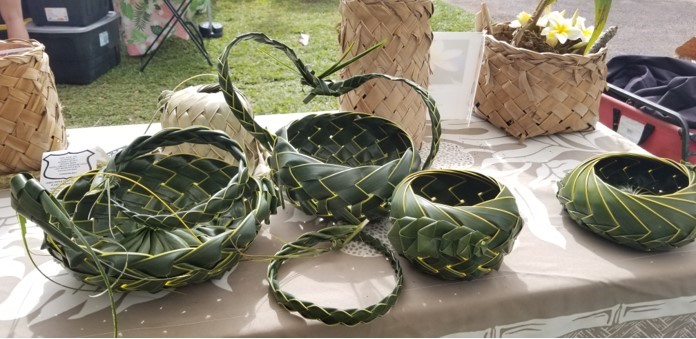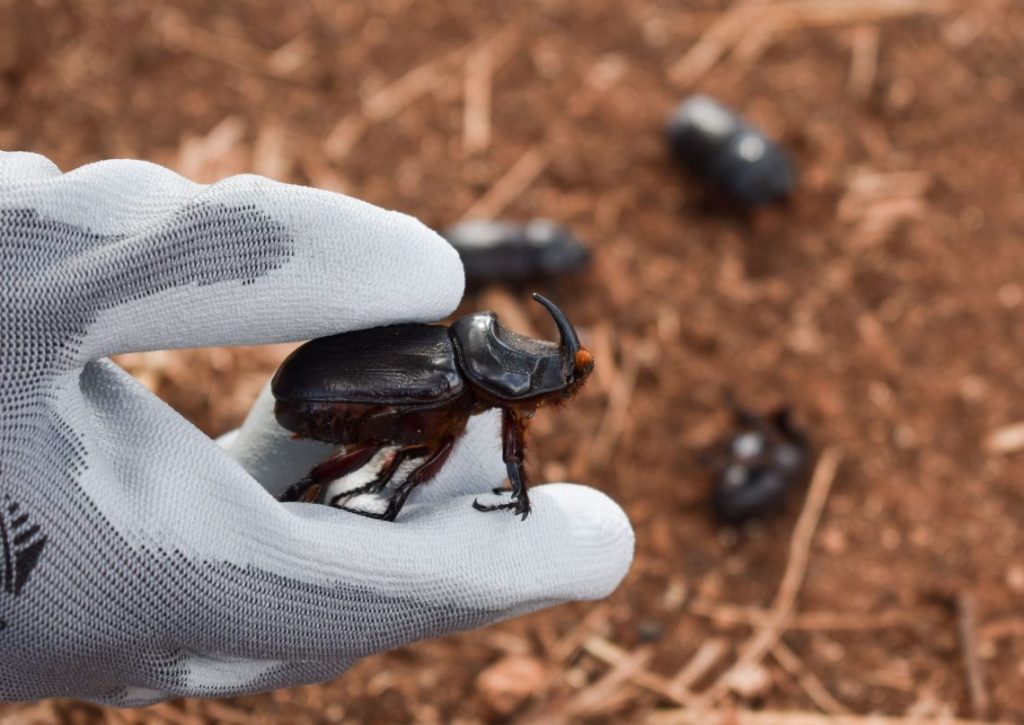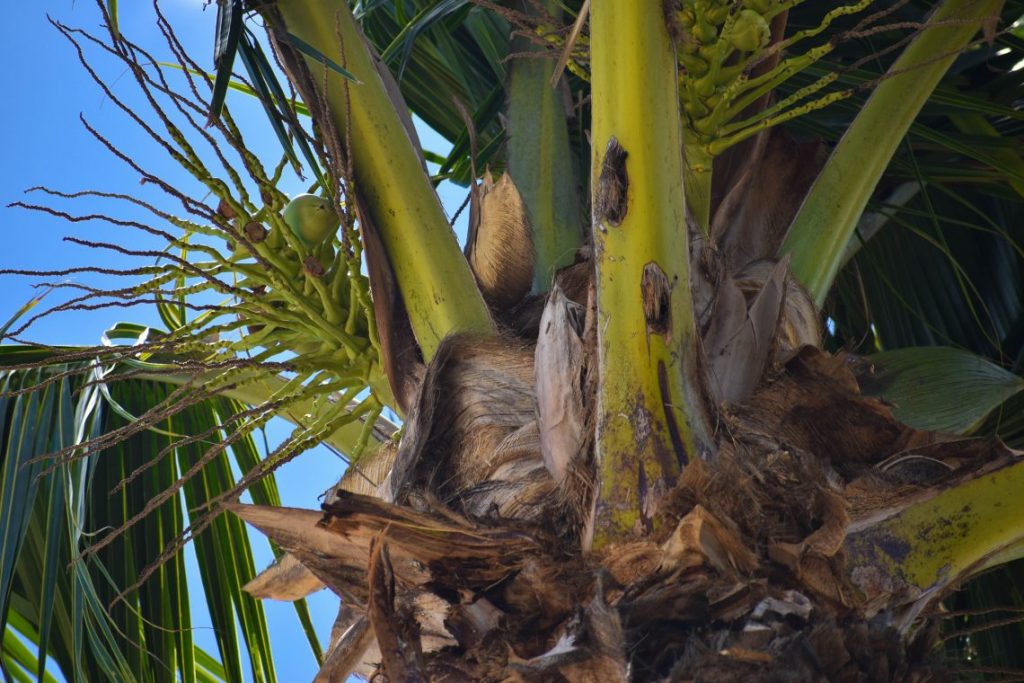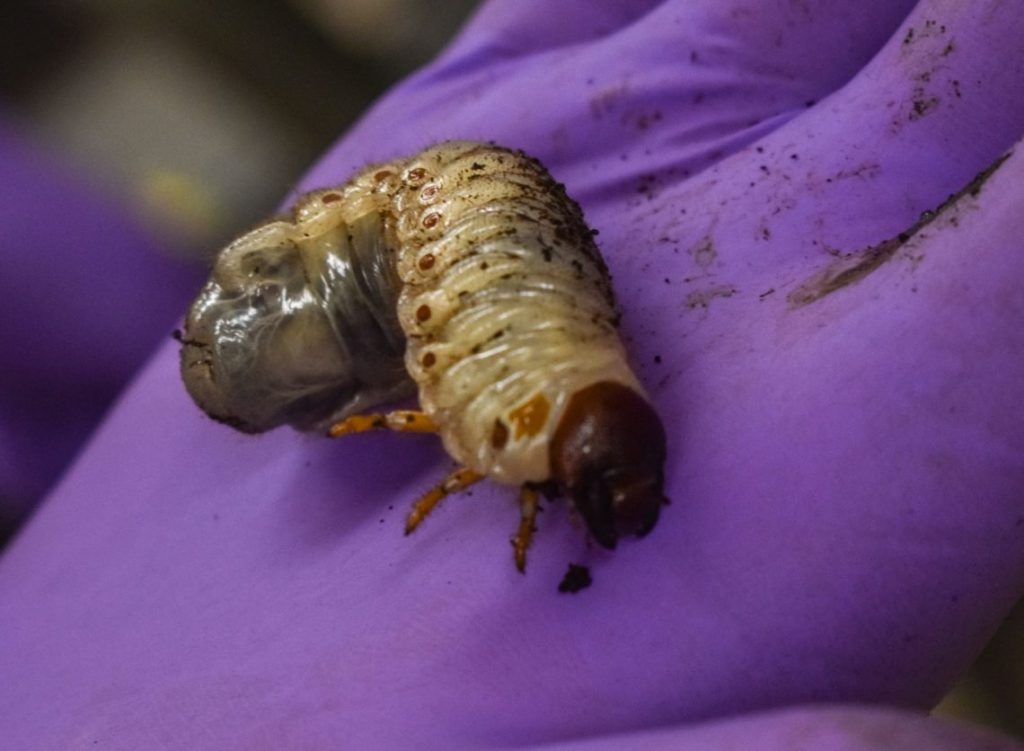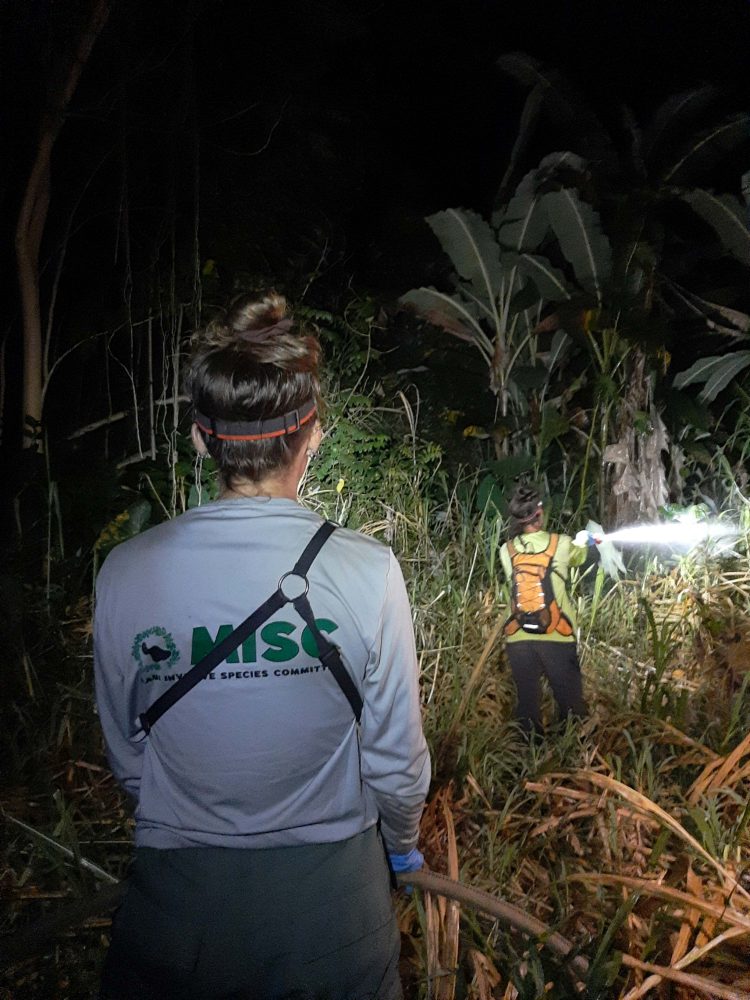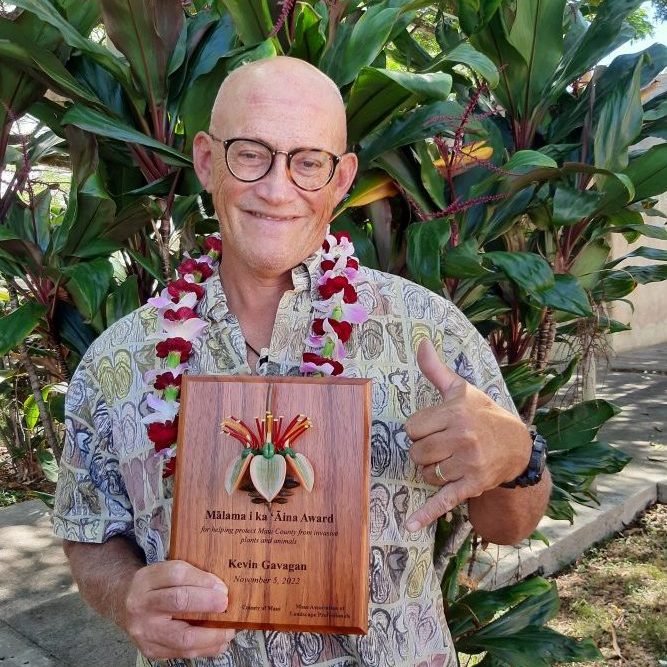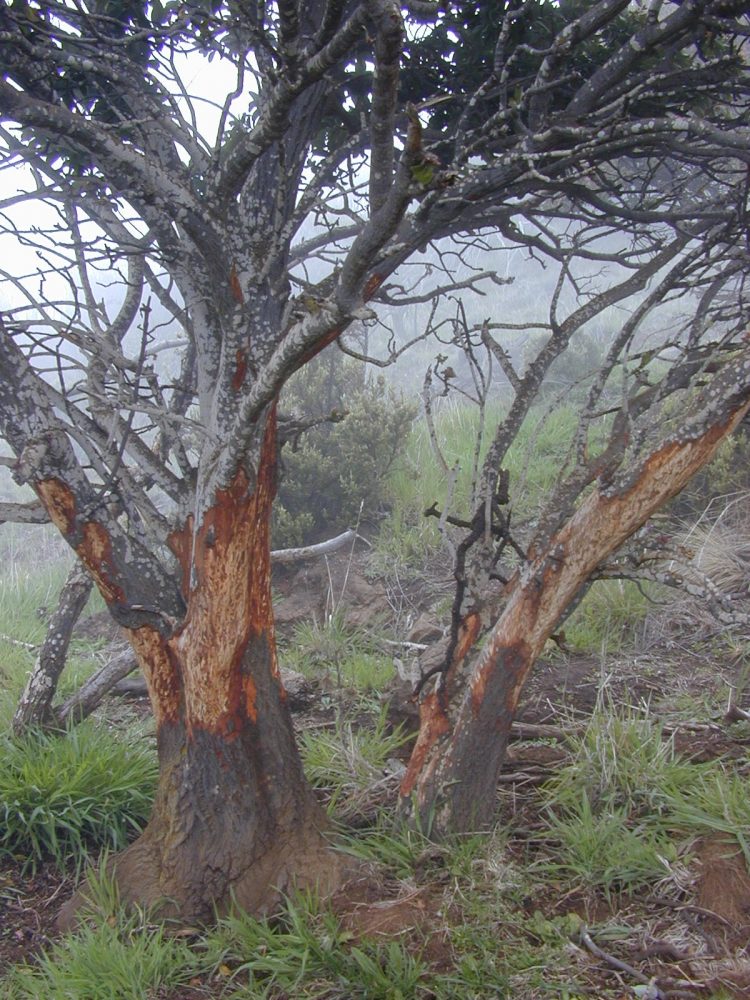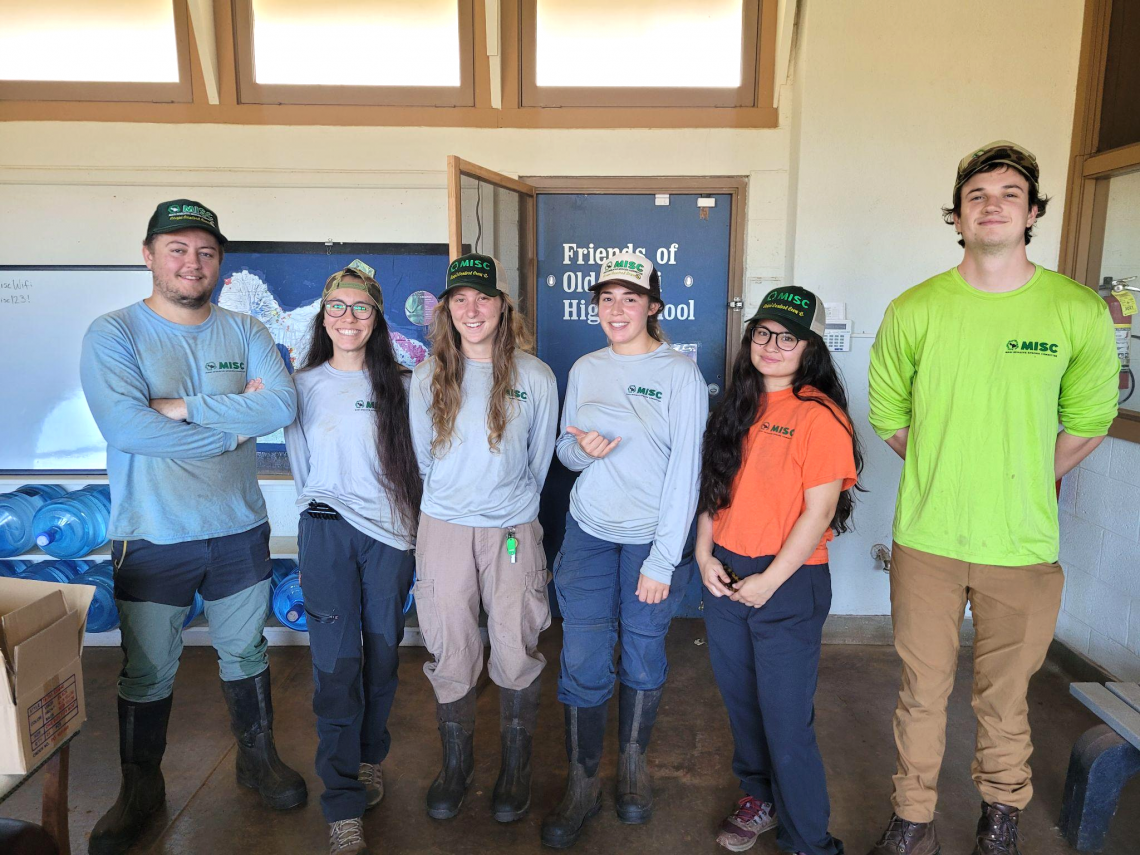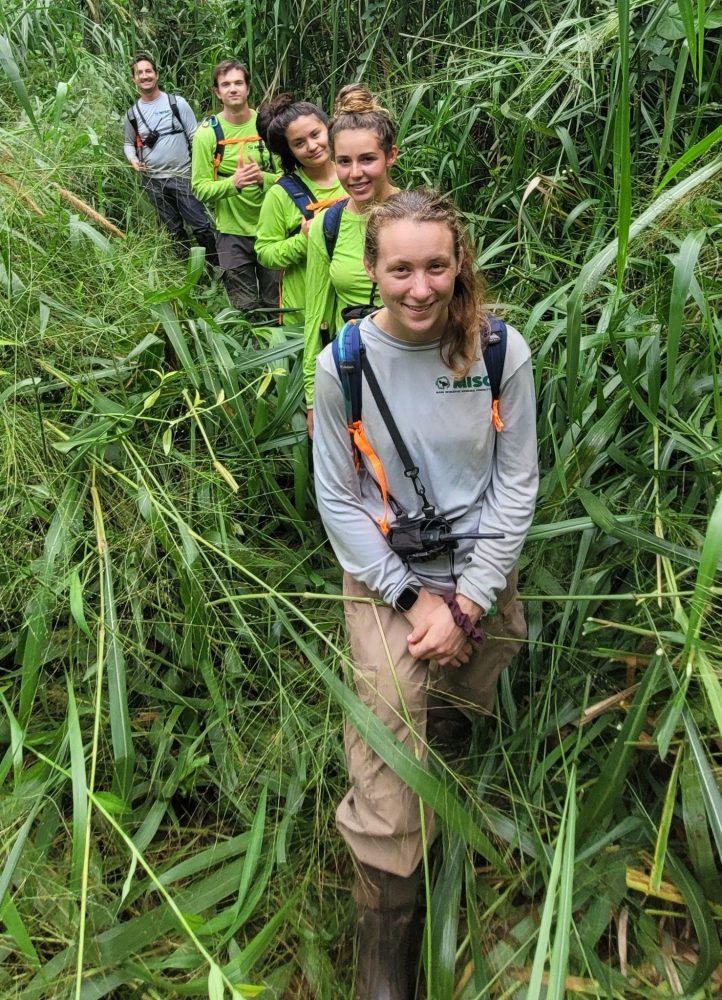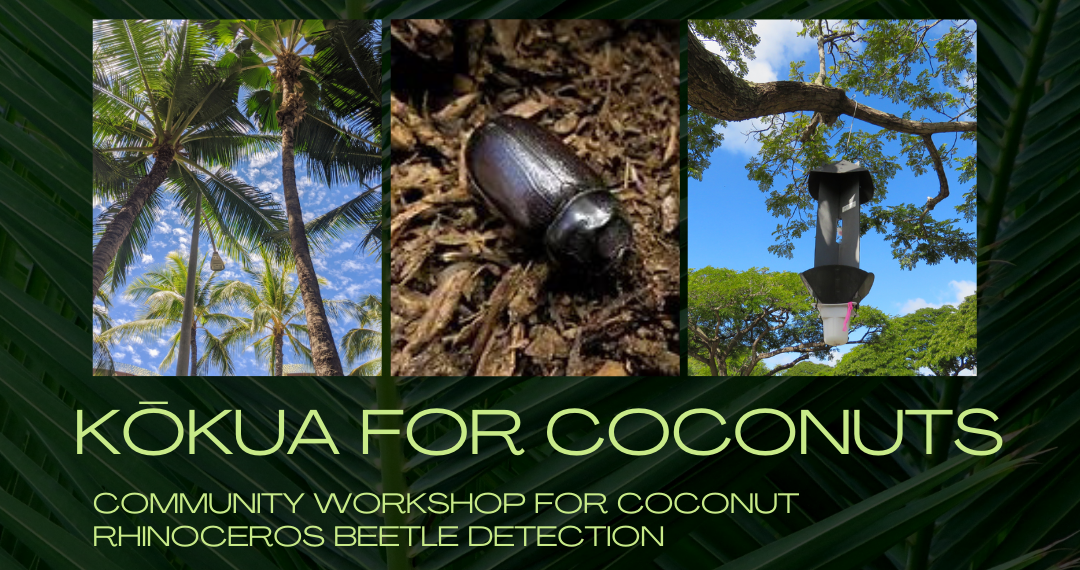
Date: Saturday, May 4th, 10:00 am – 2:00 pm
Location: Kealia Pond National Wildlife Refuge Visitor’s Center
Join us for an informational and interactive community workshop about the threat of the coconut rhinoceros beetle (CRB) on Maui. Hosted by the Maui Invasive Species Committee (MISC) in partnership with the Hawaii Department of Agriculture (HDOA) and the University of Hawaii College of Tropical Agriculture (UH-CTAHR), this event will provide essential knowledge and resources to combat the spread of this invasive species.
Learn about the impact of CRB infestations and discover how you can contribute to citizen science efforts to detect and prevent its spread.
Workshop Highlights:
- Understanding the threat of coconut rhinoceros beetles
- Learning detection methods and prevention techniques
- Distribution of CRB detection traps for eligible households
- Presentations at 11:00 a.m., 12:00 a.m., and 1:00 pm on what you can do to stop the spread of CRB
Pre-registration:
If you are interested in taking home a CRB detection trap, we encourage you to pre-register. Please visit Workshop Registration Form
If you suspect CRB presence in your area, report it immediately with photos and/or videos to the 643PEST.org online reporting system or by phone at 643-PEST (7378). Keeping specimens of beetles or larvae for identification is crucial in early detection efforts.
Together, we can protect our coconuts!
- Mahalo nui to our partners!
- Hawaii Department of Agriculture
- Maui Department of Agriculture
- Kealia Pond National Wildlife Refuge
- CRB Response
- 643PEST.org
- University of Hawaii College of Tropical Agriculture









